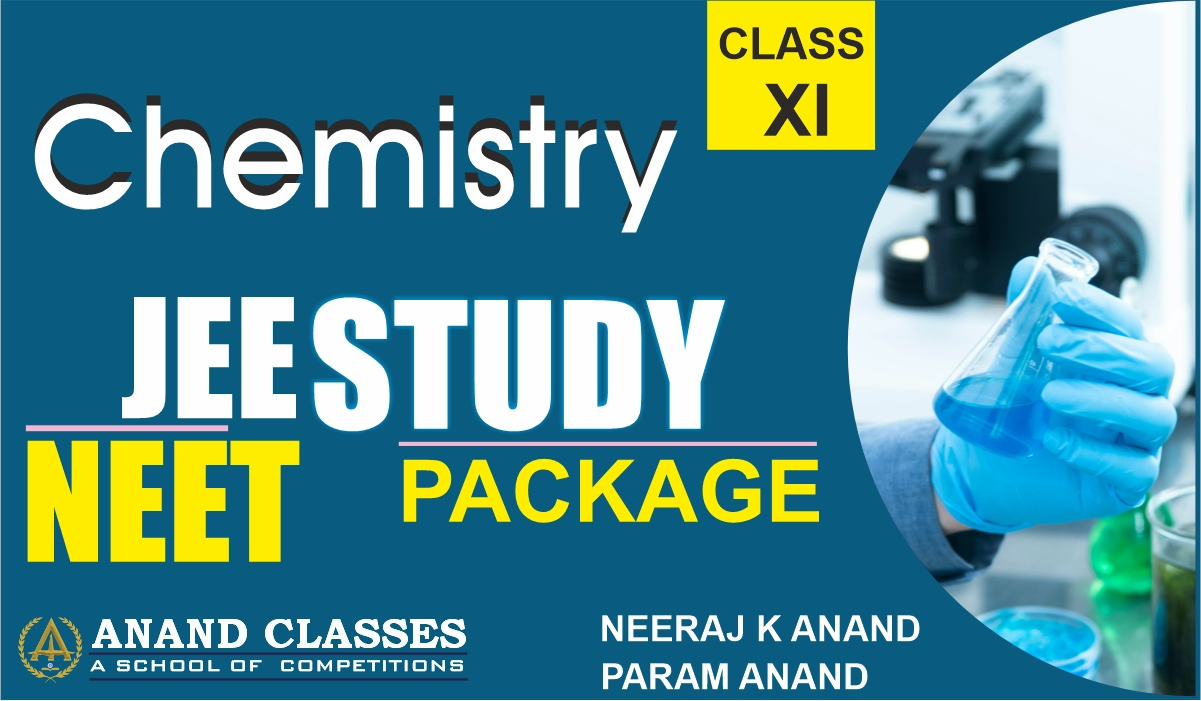What is Quantitative Analysis?-Estimation of Carbon and Hydrogen (Liebig’s method), Nitrogen (Dumas Method and Kjeldahl’s method), Sulphur, Halogens, Oxygen, Phosphorus
Quantitative analysis is one of the important processes in chemistry. It is used to determine mass percent i.e. to determine …

